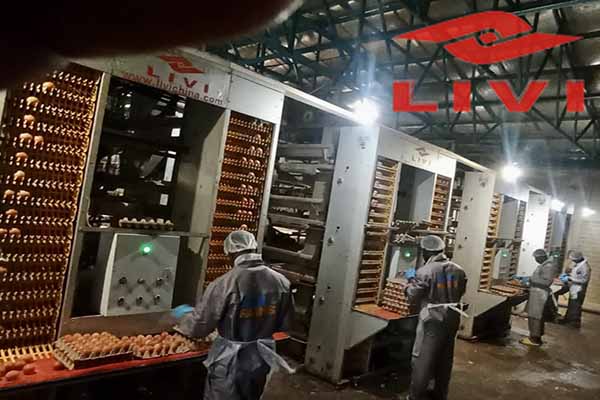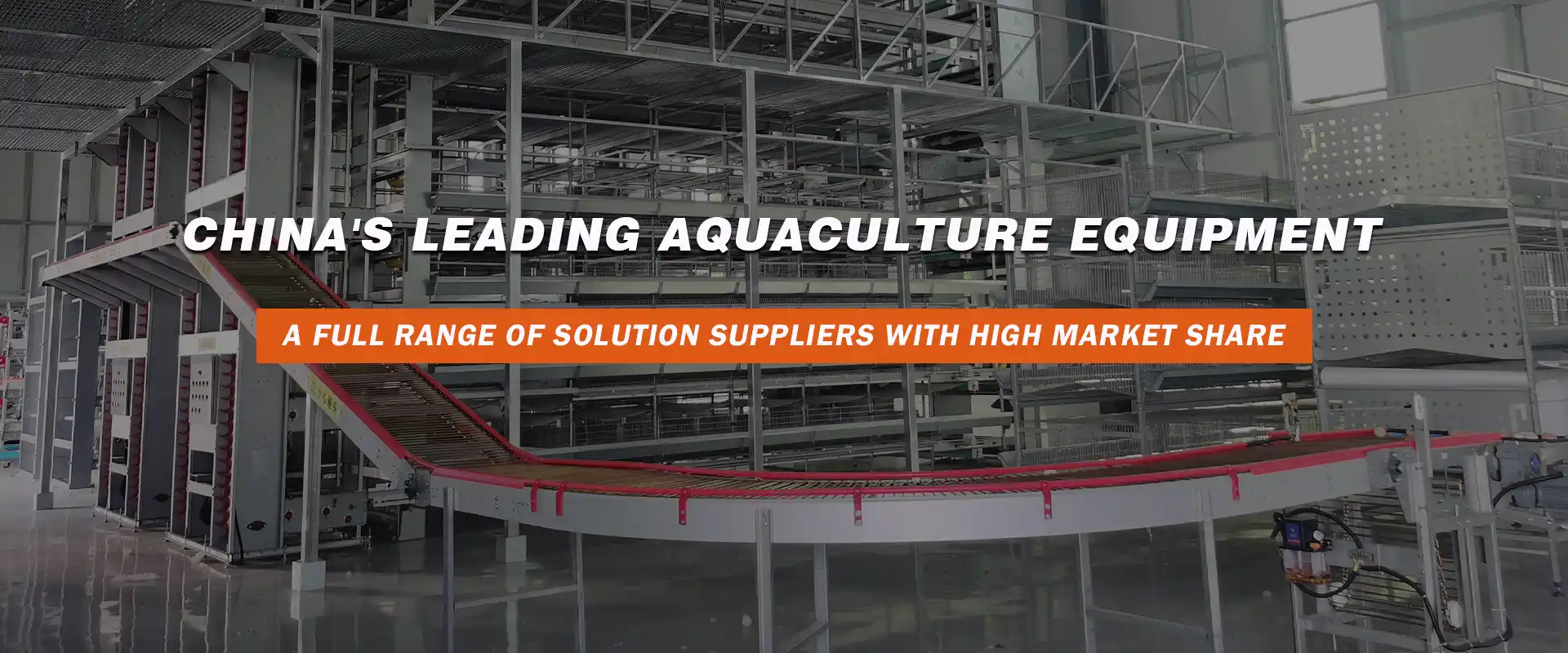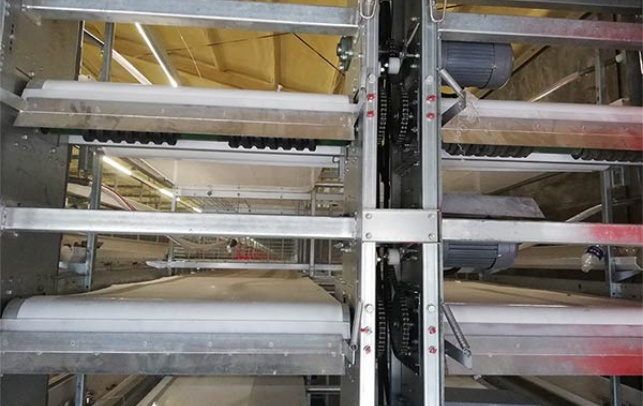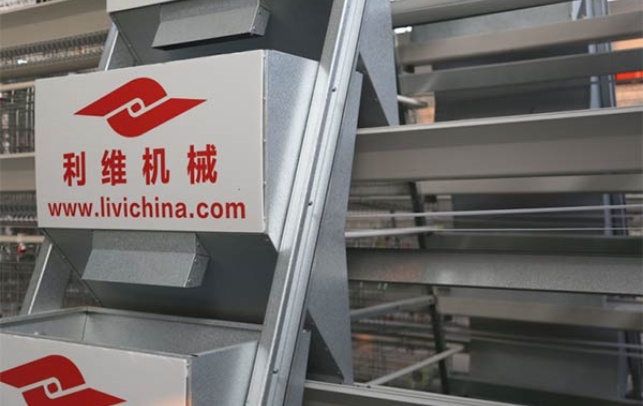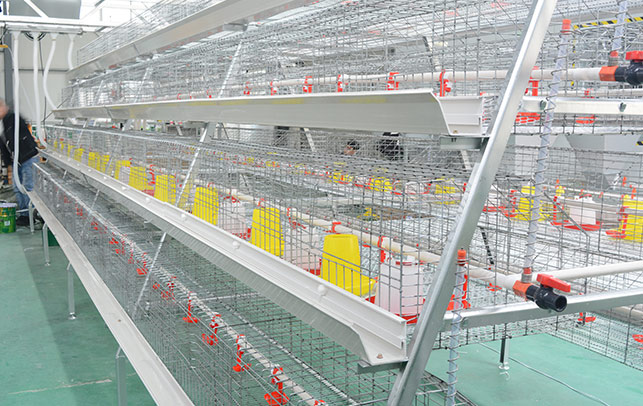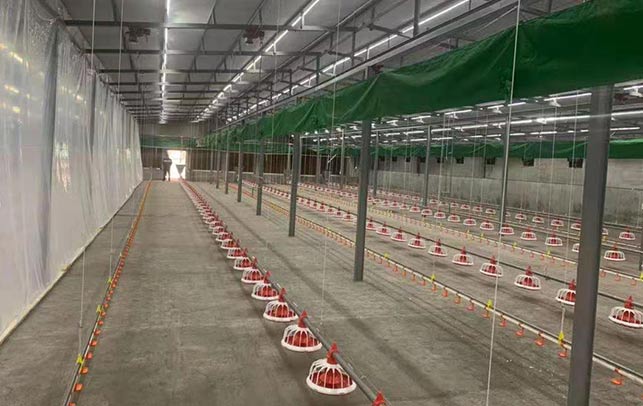Revolutionizing Poultry Farming in Kenya: Livi Machinery’s 20,000 Chicken Farm Automated Feeding System
Time : 2025-07-27
In the heart of Kenya, where agriculture is the backbone of the economy, the poultry industry is experiencing a transformative shift. Livi Machinery, a leading Chinese manufacturer of poultry equipment, has introduced an innovative automated feeding system designed for a 20,000 chicken farm. This article delves into the details of this cutting-edge technology and how it’s revolutionizing the poultry farming landscape in Kenya.
Introduction to Livi Machinery
Livi Machinery has been at the forefront of poultry equipment manufacturing since its inception. With a commitment to innovation and quality, we have become a trusted name in the industry. Our mission is to provide sustainable solutions that enhance productivity and efficiency in poultry farming.
The 20,000 Chicken Farm Challenge
Managing a large-scale poultry farm like a 20,000 chicken operation is no small feat. The challenges include efficient resource utilization, minimizing waste, and ensuring the health and well-being of the birds. This is where Livi Machinery’s automated feeding system steps in.
The Automated Feeding System
Our automated feeding system is designed to cater to the specific needs of large-scale poultry farms. Here’s a breakdown of its key features:
1. Precision Feeding
The system ensures that each bird receives the exact amount of feed required. This not only optimizes feed conversion ratios but also reduces waste. The automated feeder can be programmed to dispense feed at set intervals, ensuring that the birds are well-nourished without overfeeding.
2. Health Monitoring
Integrated sensors monitor the health and behavior of the birds. Any signs of illness or distress are immediately detected, allowing for prompt action. This proactive approach minimizes the risk of disease outbreaks and ensures the overall health of the flock.
3. Energy Efficiency
The system is designed to be energy-efficient, reducing operational costs. Advanced technology ensures that the feeding process is optimized, using minimal energy while maintaining high productivity.
4. User-Friendly Interface
The automated feeding system comes with an intuitive user interface that makes it easy for farmers to manage and monitor the feeding process. The interface provides real-time data on feed consumption, bird health, and system performance.
Benefits of the Automated Feeding System
1. Increased Productivity
The precision feeding and health monitoring features of the automated system significantly increase productivity. Birds receive the right amount of nutrition, leading to better growth rates and overall health.
2. Cost Savings
By reducing feed waste and minimizing the risk of disease outbreaks, the automated feeding system helps farmers save on costs. The energy-efficient design also contributes to long-term cost savings.
3. Sustainability
The system promotes sustainable poultry farming practices by optimizing resource use and minimizing environmental impact.
Case Study: A 20,000 Chicken Farm in Kenya
A 20,000 chicken farm in Kenya has been using Livi Machinery’s automated feeding system for the past year. Here are some of the results:
– Feed Conversion Ratio: Improved from 2.5 to 2.0.
– Bird Health: Reduced incidence of disease by 30%.
– Operational Costs: Decreased by 15%.
Conclusion
Livi Machinery’s automated feeding system for a 20,000 chicken farm is a game-changer for the poultry industry in Kenya. By combining precision feeding, health monitoring, and energy efficiency, the system is helping farmers increase productivity, reduce costs, and promote sustainable practices.
Final Thoughts
As the poultry industry in Kenya continues to grow, the need for advanced technology and efficient management systems is more critical than ever. Livi Machinery is proud to be a part of this transformation, providing innovative solutions that empower farmers to achieve success.
